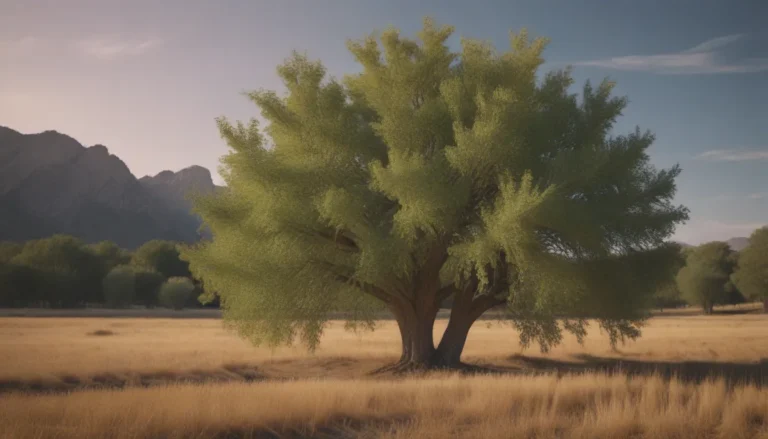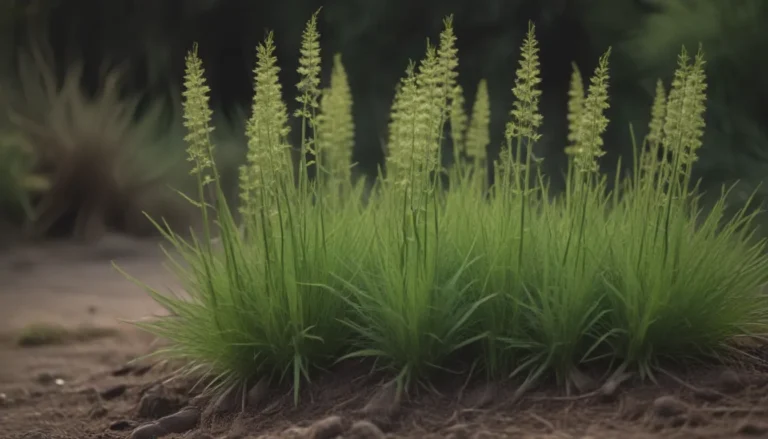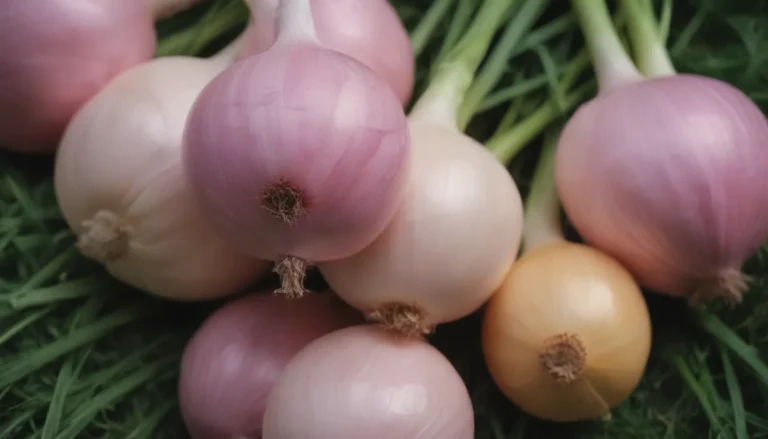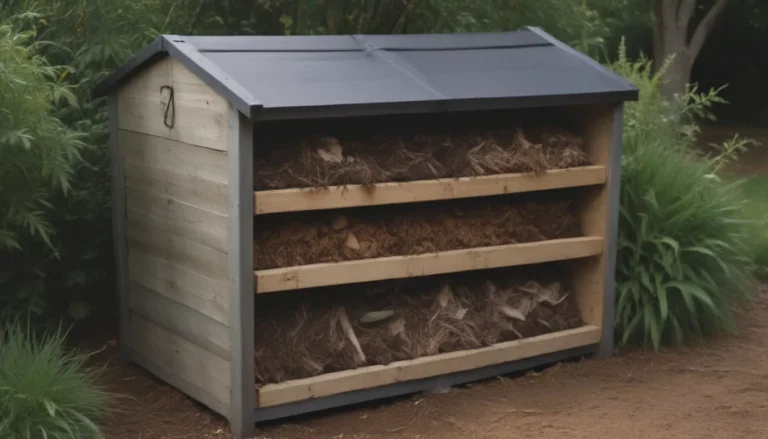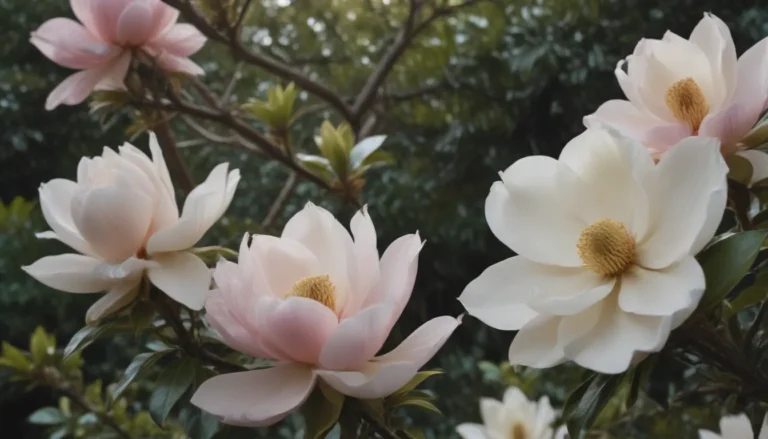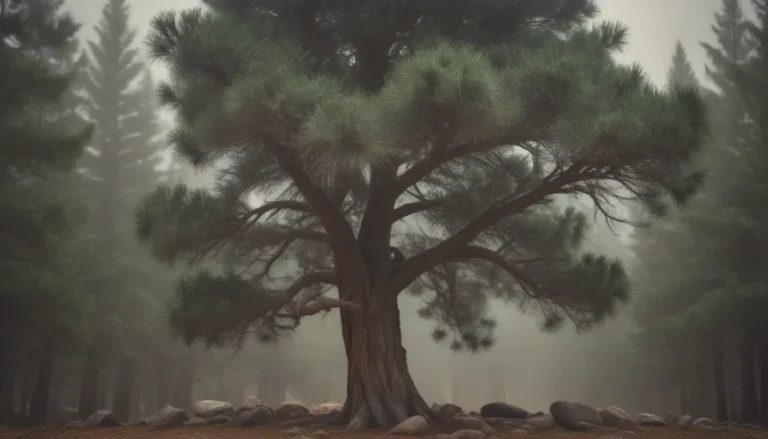A Comprehensive Guide to Growing and Caring for Common Juniper
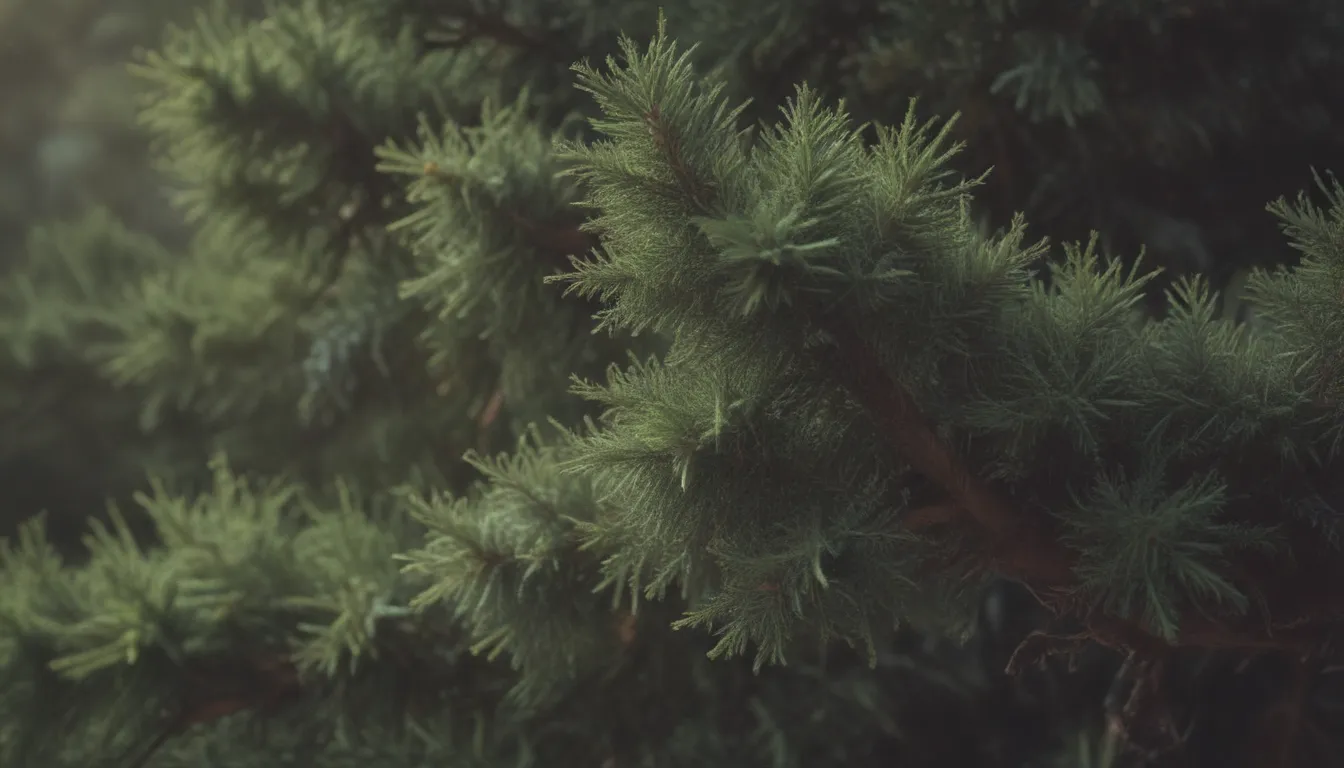
Welcome to our in-depth guide on how to successfully grow and care for Common Juniper (Juniperus communis). Whether you are a seasoned gardener or a beginner looking to add these beautiful shrubs to your landscape, this article will provide you with valuable information to help your Common Junipers thrive.
Understanding Common Juniper
Native to the cool temperature climates of the northern hemisphere, Common Junipers have a wide distribution across North America, Europe, and Asia. These hardy evergreen conifers are part of the Cupressaceae family and come in various forms, from low-spreading shrubs to tall tree-like varieties and creeping groundcover forms.
Key Features of Common Juniper:
– Short needle-like, aromatic leaves
– Berry-like green cones turning purple/blue when ripe
– Hardy and adaptable to various growing conditions
Common Juniper Care Tips
Taking care of Common Junipers is relatively straightforward, as they are self-sustaining plants that require minimal attention. Here are some essential care tips to keep your Common Junipers healthy and thriving:
Light
Common Junipers thrive in full sun, so ensure they receive ample sunlight throughout the day. Inadequate light can result in stunted growth, so choose a sunny location for your shrubs.
Soil
Common Junipers are not picky about soil conditions as long as the medium drains well. They can tolerate a wide range of soil pH levels and grow in various soil types, from slightly acidic to alkaline. Good drainage is key to prevent waterlogging.
Water
While Common Junipers are drought-tolerant, they still require regular watering, especially during dry spells. Ensure the soil is well-drained to prevent waterlogging, as this can harm the shrubs.
Temperature and Humidity
Common Junipers are cold-hardy plants, suitable for USDA zones 2 to 7. They can tolerate a wide range of temperatures but may struggle in very hot climates. Ensure proper air circulation and avoid excessive humidity to prevent issues.
Fertilizer
Common Junipers are light feeders and do not need frequent fertilization. A yearly feeding with a slow-release shrub and tree fertilizer in late winter can benefit established plants but is not essential.
Types of Common Juniper Cultivars
While Common Junipers may not have as many cultivars as Chinese Junipers, there are several excellent varieties to consider for your landscape. Some popular Common Juniper cultivars include:
- Juniperis communis ‘Gold Cone’
- Juniperis communis ‘Repanda’
- Juniperis communis ‘Compressa’
- Juniperis communis ‘Hibernica’
- Juniperis communis ‘Blue Stripe’
Explore these varieties to find the perfect Common Juniper for your garden.
Pruning and Propagating Common Juniper
Pruning Common Junipers is rarely necessary, except for removing damaged branches. When pruning for shape, do so in late winter after the coldest weather has passed. Proper pruning techniques will help your shrubs maintain a natural appearance and promote healthy growth.
Propagating Common Junipers can be done through branch cuttings or seeds. Growing Common Junipers from seeds can be a slow process, but it is a rewarding way to expand your garden. Ensure proper cross-pollination for seed production and follow germination guidelines for best results.
Potting and Overwintering Common Juniper
Smaller upright varieties of Common Juniper can thrive in containers, making them a versatile option for patios and decks. Choose a well-draining potting mix, and repot your Juniper every few years to encourage healthy growth.
While Common Junipers are cold-hardy, some cultivars may be sensitive to winter temperatures. Protect your shrubs from winter burn in colder climates with mulch and wind barriers. Consult local experts for advice on suitable Common Juniper varieties for your region.
Common Pests and Diseases
Common Junipers are susceptible to various pests and diseases, including juniper blight and cedar apple rust. Regular inspection and prompt treatment are essential to prevent infestations. Watch for symptoms like dying branches, needle discoloration, and unusual foliage patterns.
Troubleshooting Common Juniper Issues
Here are some common problems you may encounter with Common Junipers and how to address them:
- Tips of Branches Dying: Trim affected branches and apply fungicide early to prevent further damage.
- Leaves Die Back Along One Side: Likely caused by winter burn, provide protection against harsh weather conditions.
- Branches Die, Once at a Time: Possible sign of Phytophthora root rot due to poor drainage, consider replanting in well-draining soil.
- Needles Turn Brown, Gradually Fall Off: Adjust watering levels and watch out for pet damage, which can affect foliage health.
Exploring the Versatility of Common Junipers
As you care for your Common Junipers, appreciate their practical uses beyond landscaping. The berries of Common Juniper are used in gin production, culinary dishes, and herbal remedies. However, exercise caution when harvesting as some species of juniper berries can be toxic.
With proper care and attention, Common Junipers can be a beautiful addition to any garden. Whether you’re growing them for their ornamental value or practical uses, these hardy shrubs offer versatility and low maintenance beauty.
Enjoy Cultivating Your Common Junipers!
Remember, gardening is a rewarding journey that requires patience and dedication. By following these care tips and guidelines, you can create a vibrant and healthy garden filled with the beauty of Common Junipers. Happy gardening!
